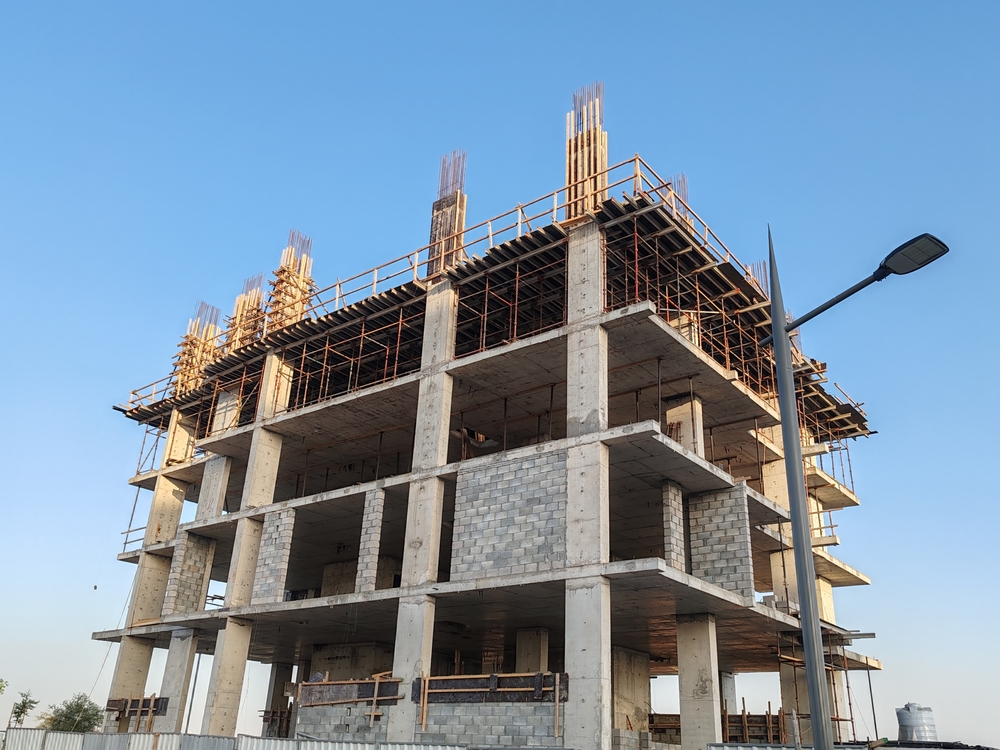Low-Impact Development Strategies: Sustainable Urban Planning
Low-Impact Development Strategies: Sustainable Urban Planning
Introduction
Urban expansion often leads to environmental degradation, but Low-Impact Development (LID) strategies offer a sustainable alternative. These approaches focus on managing stormwater, conserving natural resources, and integrating green infrastructure to create eco-friendly urban environments.
Key Principles of Low-Impact Development
1. Stormwater Management
- Rain Gardens and Bioswales: Naturally filter pollutants and reduce runoff.
- Permeable Pavements: Improve groundwater recharge and decrease urban flooding.
- Green Roofs: Enhance insulation and manage stormwater effectively.
2. Sustainable Land Use Planning
- Compact Development: Reducing urban sprawl through mixed-use spaces.
- Preserving Natural Landscapes: Protecting wetlands, forests, and water bodies.
- Smart Growth Initiatives: Encouraging walkable, transit-friendly communities.

3. Eco-Friendly Infrastructure
- Renewable Energy Integration: Utilizing solar and wind power in urban settings.
- Green Building Materials: Reducing the carbon footprint with sustainable construction.
- Waste Reduction Strategies: Implementing composting and recycling programs.
Benefits of Low-Impact Development
- Enhanced Water Quality: Reducing pollution in rivers and lakes.
- Lower Maintenance Costs: Using natural processes for stormwater and landscaping.
- Increased Urban Resilience: Mitigating climate change effects through sustainable practices.
- Improved Public Health: Providing cleaner air and green spaces for urban dwellers.
Challenges and Future Prospects
Despite its advantages, LID implementation faces obstacles like regulatory barriers, funding limitations, and public awareness. Increased government incentives and community participation can drive broader adoption of these sustainable strategies.
For expert consultation on sustainable urban planning, contact us today.
Conclusion
Low-Impact Development Strategies are essential for creating resilient and sustainable cities. By integrating green infrastructure, smart planning, and resource-efficient designs, urban areas can thrive while preserving environmental integrity.
External References:
Construction Industry in India
- One of India’s largest construction and engineering companies, Campus Construction Cost Optimization provides services including project management, cost control, and engineering consultancy. For detailed information on their offerings, visit. Construction Industry in India
Read more related articles to enhance your knowledge and make informed decisions
10 Essential Steps in the Building Construction Process
How to Choose the Right Materials for Your Construction Project









